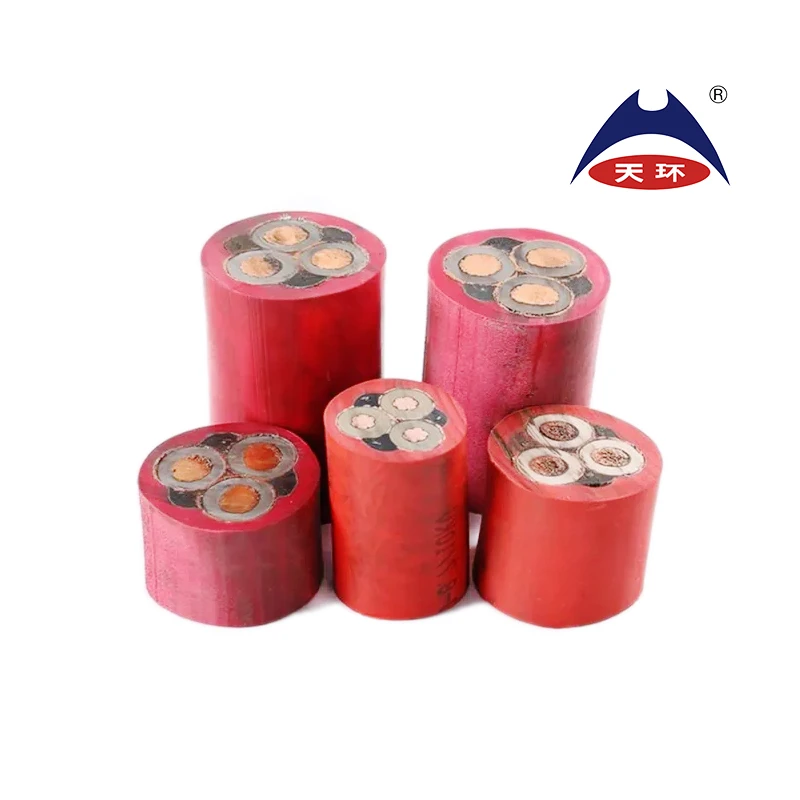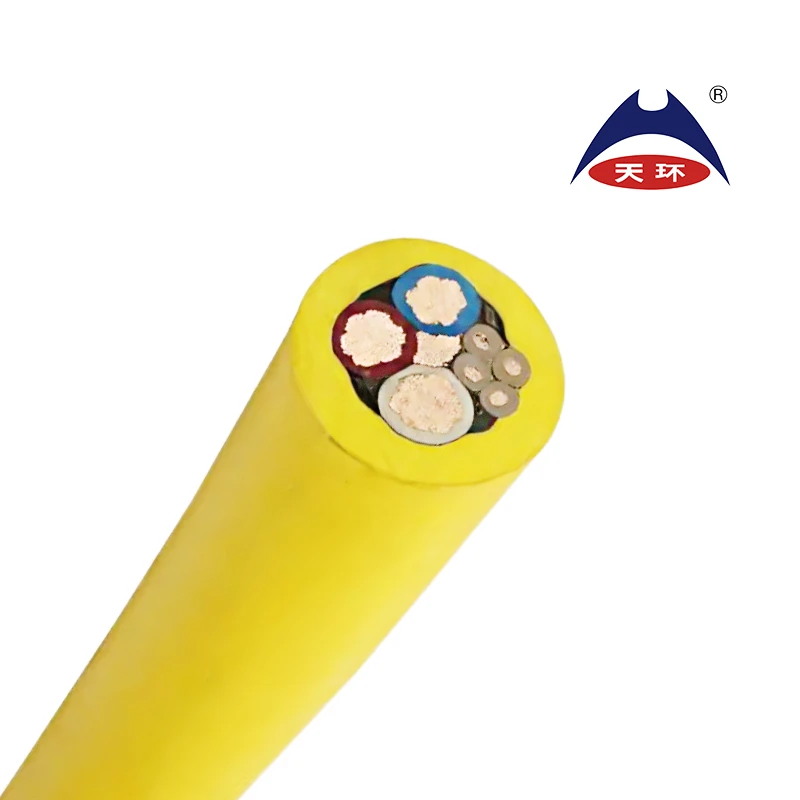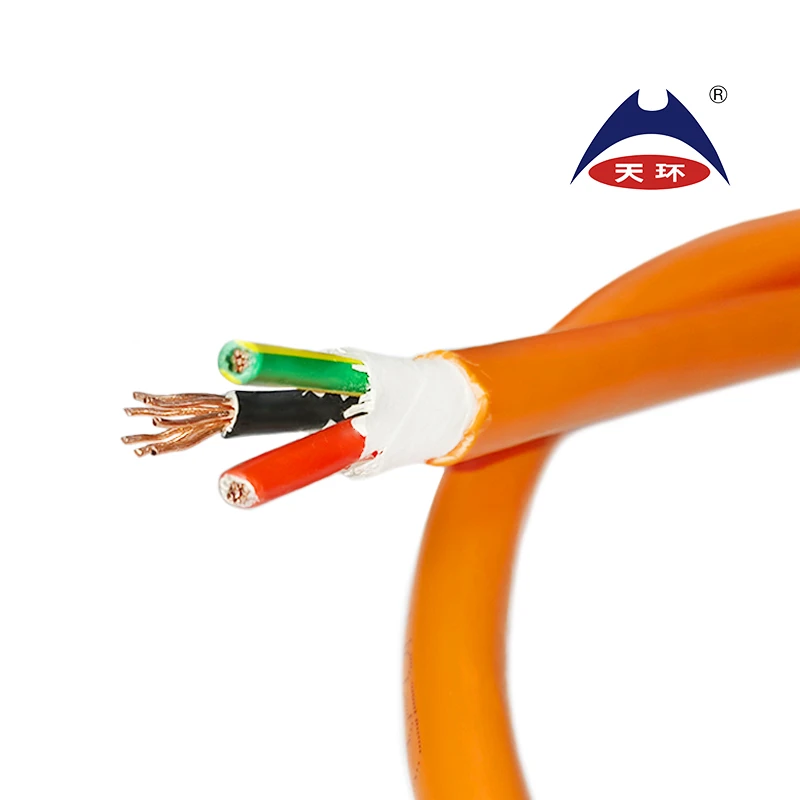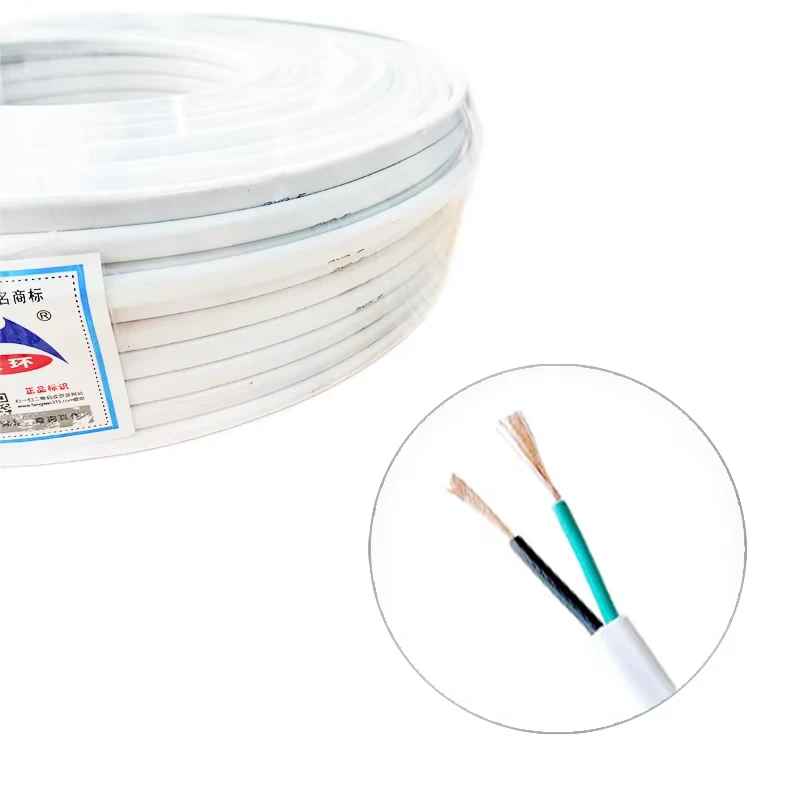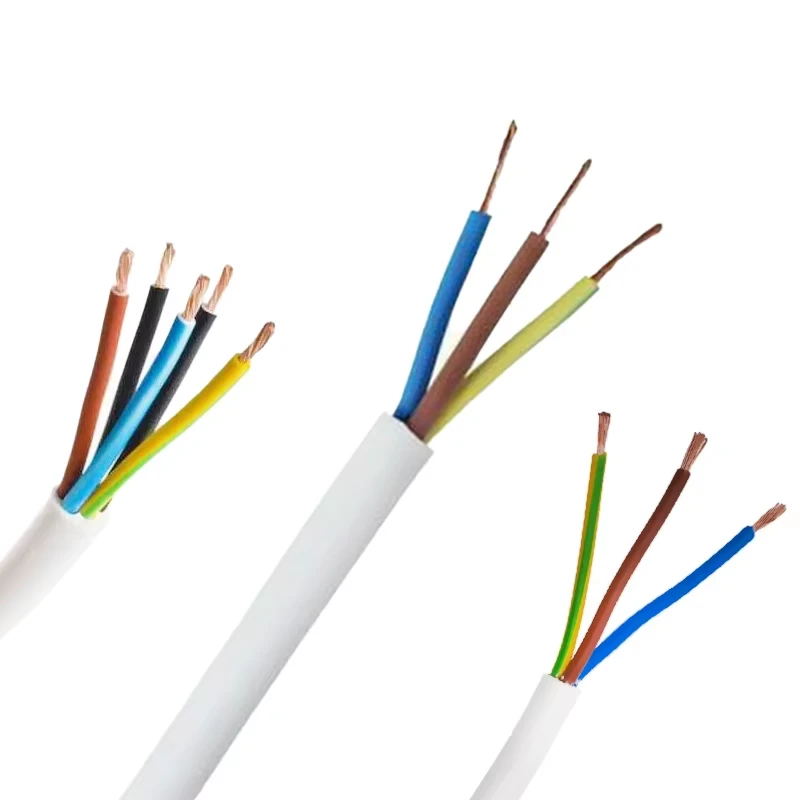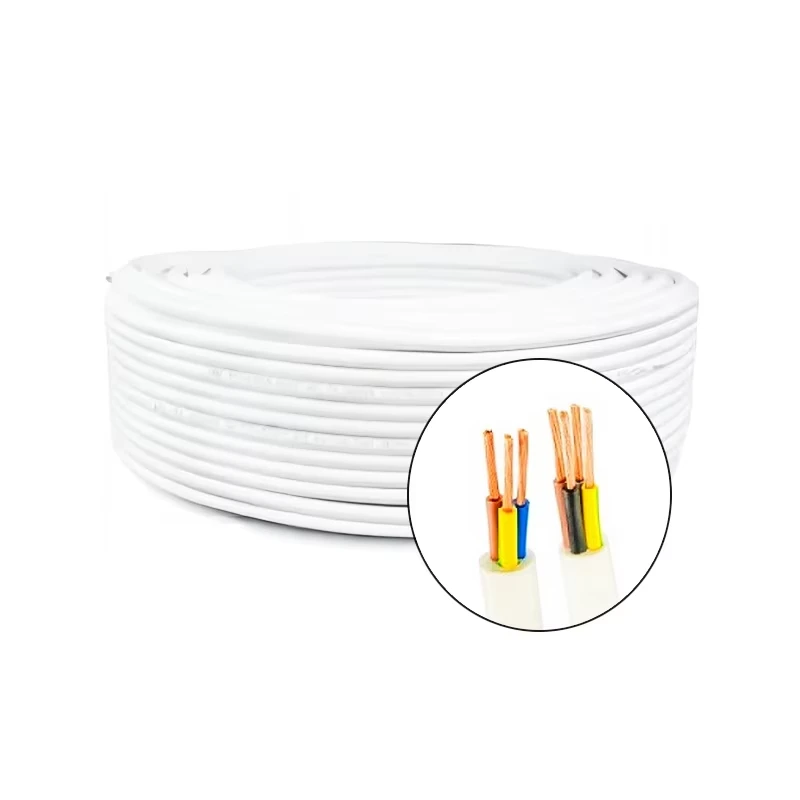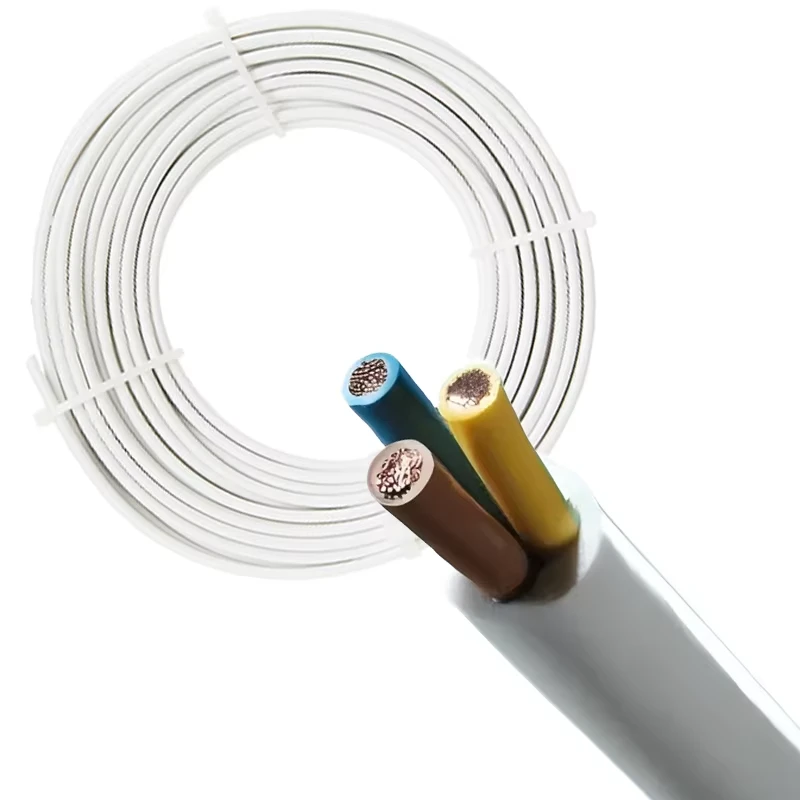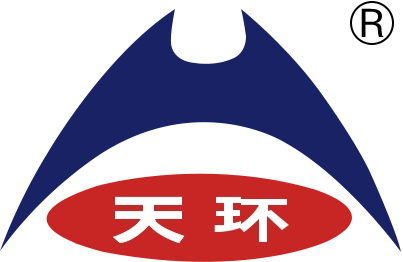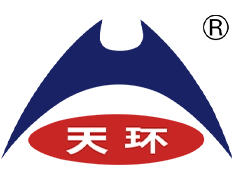
Control Cable vs. Signal Cable: What Is The Difference?
Control Cable vs. Signal Cable: What Is The Difference?
Control cables and signal cables are two common types of cables used in a wide range of applications. While they may seem similar at first glance, they have significant differences that set them apart in terms of function, characteristics, materials and applications. In this article, we will explore the dissimilarities between control cables and signal cables.

1. The Function of control cables and signal cables are different
The primary difference between control cables and signal cables lies in their function. Control cables are meant to transmit signals that control the operation of devices, generally, there is no shielding. While signal cables are intended for high-fidelity data transmission, and signal cables are shielded to prevent interference from external signals.
2. The characteristics of control cables and signal cables are different
Each core within the control cable is connected to the rest of the cores, resulting in a control cable with a capacity greater than 10000㏁.km. Similarly, the HYAT cable boasts a capacity of over 3000㏁.km. The signal transmitted through the signal cable is typically very weak. To counteract signal interference, the signal cable is equipped with an outer shielding layer, which can be made from conductive cloth, braided copper mesh, or copper foil (aluminium). This shielding layer must be properly grounded. By doing so, external interference signals are directed into the ground, preventing them from interfering with the inner conductor and minimizing signal transmission losses.
3. The Applications of control cables and signal cables is different
Control cables are suitable for industrial and mining enterprises, energy and transportation departments, polysilicon insulated control cables, armored control cables, and PVC sheathed control cables for equipment control systems with AC rated voltages below 450/750V.
Signal cables are commonly used in audio and video systems, telecommunication networks, computer peripherals, and various electronic devices. They are employed in scenarios where maintaining signal integrity is of utmost importance.
2XSLH 0.6/1kV Cu Conductors with XLPE Insulated and with Low Smoke Zero Halogen Sheathed Control Cable
4. The materials of control cables and signal cables are different
The control cable consists of copper cores with various nominal cross-sections, depending on the number of cores:
For 2 to 61 cores, the nominal cross-section is 2.5 mm and below.
For 2 to 14 cores, the nominal cross-section is 4 to 6 mm.
For 2 to 10 cores, the nominal cross-section is 10 mm.
The operating temperature of the control cable varies based on the type of insulation used:
For rubber insulation, the operating temperature is 65°C.
For polyvinyl chloride insulation, the operating temperature is either 70°C or 105°C.
In computer systems, control cables are commonly insulated using materials like polyvinyl chloride, polyethene, cross-linked polyethene, and fluoroplastics.
The material used for signal cables is a sophisticated metal material. It needs to fulfill two main requirements:
Smoothly derive interference signals to prevent signal degradation.
Have extremely thin metal wires with sufficient anti-bending ability to avoid generating metal debris that could affect other electrical equipment.
Summarize
Indeed, there is a difference between signal cables and control cables in their intended purposes and design. Signal cables are primarily used for transmitting data signals, and they are shielded to protect against external signal interference. On the other hand, control cables are mainly used for transmitting electrical signals and typically do not have shielding. Control cables find applications in industrial and mining enterprises, energy and transportation sectors, and control systems for equipment with AC rated voltages below 450/750 volts. These control cables often feature PVC insulation and vinyl chloride sheathing for enhanced performance and durability in their respective applications.
FAQs
1. Can I use a control cable for high-speed data transmission?
Control cables are not ideal for high-speed data transmission due to their construction and design, which prioritize signal control over signal integrity. For high-speed data transmission, signal cables such as coaxial cables or fiber optic cables are recommended.
2. What are some common applications of signal cables?
Signal cables are commonly used in applications such as audio and video systems, computer networking, telecommunication infrastructure, and electronic instrumentation.
3. Are control cables and signal cables interchangeable?
No, control cables and signal cables serve different purposes and are not interchangeable. Using the wrong type of cable for a specific application may lead to performance issues or even equipment damage.
4. Can I use signal cables outdoors?
Yes, some signal cables are designed to withstand outdoor conditions. However, it's essential to check the cable specifications and ensure it is suitable for the specific outdoor environment.
5. How do I know which type of cable is suitable for my application?
-
Reliable LIYCY Cable Solutions for Low and Medium Voltage ApplicationsNewsJul.14,2025
-
Premium Overhead Electrical Wire Solutions for Low and Medium Voltage ApplicationsNewsJul.14,2025
-
Innovative XLPE Electrical Cable Solutions for Modern Low and Medium Voltage NetworksNewsJul.14,2025
-
High-Quality Ethylene Propylene Rubber Cable – Durable EPDM Cable & 1.5 mm 3 Core OptionsNewsJul.14,2025
-
Exploring the Versatility of H1Z2Z2-K 1X4mm2 Cables in Modern ApplicationsNewsJul.14,2025
-
Uses of Construction WiresNewsJul.14,2025
-
Types of Neoprene CableNewsJul.14,2025






